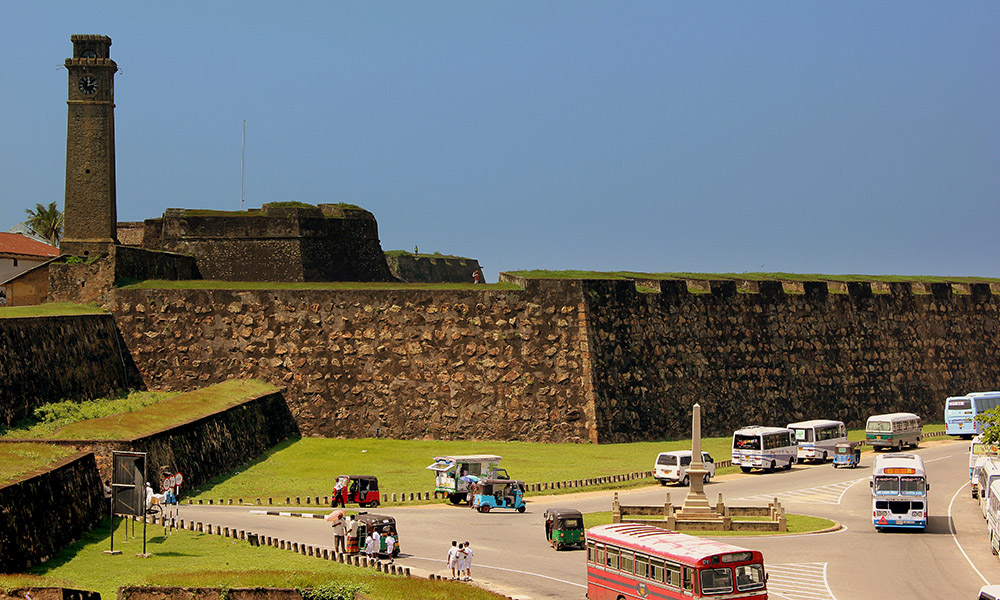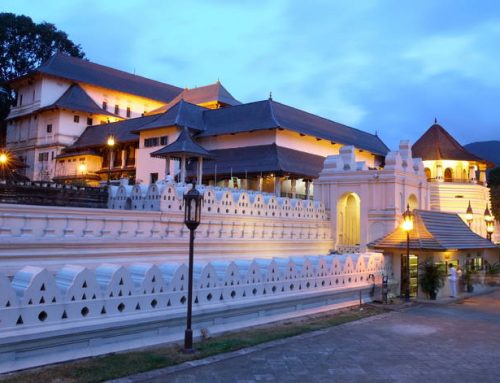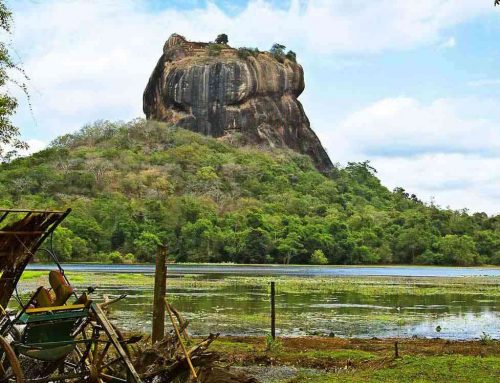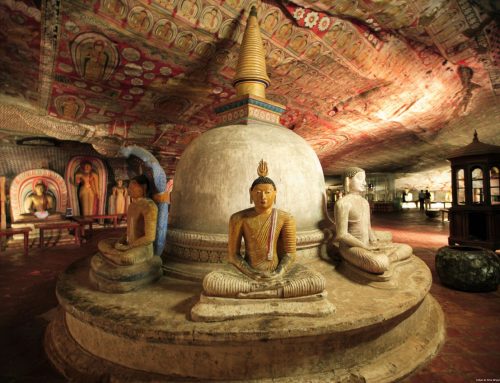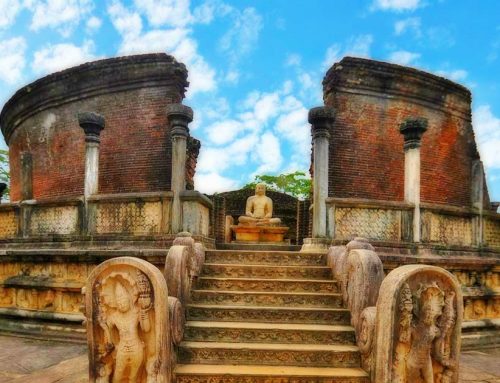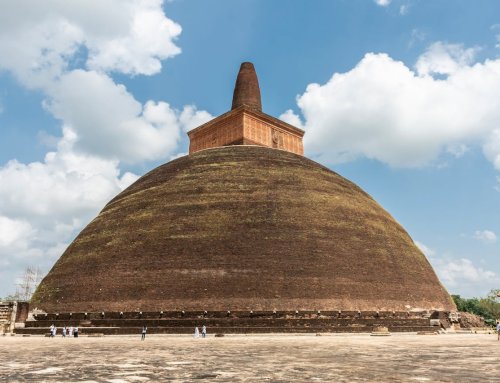Dutch Fort at Galle, close to the island’s southernmost point, 173km from Colombo, has the distinction of being the best-preserved sea fort in South Asia. A living heritage site, this 90 hectare (222 acre) attraction is a superb blend of architecture, with fortifications that resemble those in the coastal areas of Portugal. The fall of Galle to the Dutch in 1640 saw its fortifications consolidated further along the lines of the fortified cities of Europe. The Dutch and the English colonial styles are evident in the deep verandahs of houses supported by timber or masonry pillars. Originally established by the Portuguese in the 16th Century, it reached its zenith under Dutch rule in the 18th Century, providing spacious housing, wide roads and all necessary facilities within its walls including an intricate sewage system that was ahead of its time.
When it comes to fortified towns, nothing can compete with the Dutch Fort in Galle. This World Heritage Site on the south coast was the main port of call for ships sailing between the East and Europe.
Today, inside the Fort you will find that it exudes old-world charm. Within the ramparts and stonewalls of the old Galle Fort – which spreads over a 36-hectare peninsula — magnificent buildings remain. The narrow streets are dotted with Dutch colonial villas and there’s a welcome absence of vehicular traffic. There are several museums and antique shops that display curiosities from the island’s colonial era. Of the many colonial buildings, perhaps the most absorbing is the Dutch Reformed Church, containing ornately carved memorials to the city’s Dutch settlers. The original entrance gate to the Fort, on the northeast side of the peninsula still bears the carved insignia of the Dutch East Indies Company (or VOC, from “Vereenigde Oost Indische Compagnie”). The Fort also hosts some of the island’s most exclusive boutique-style accommodation in former villas restored to their colonial glory.

